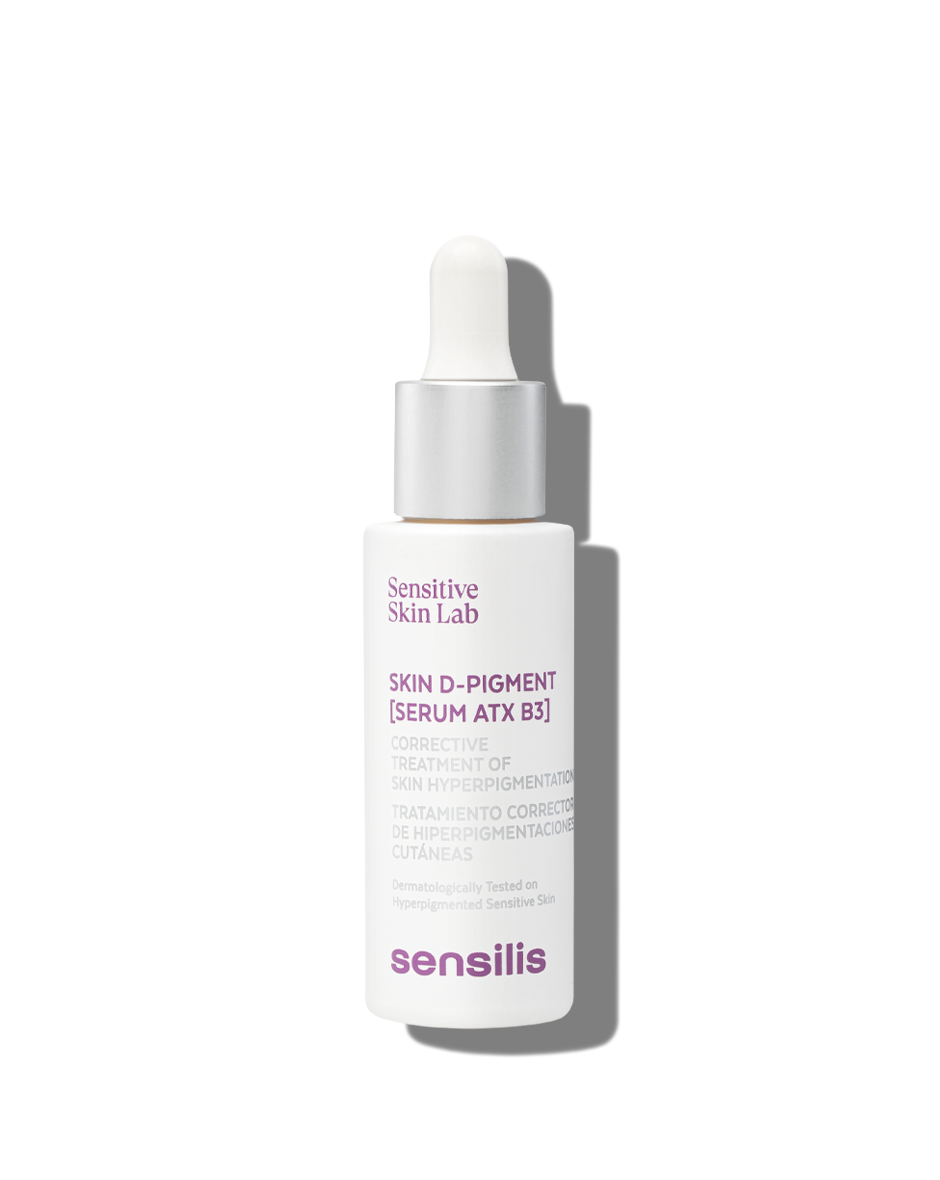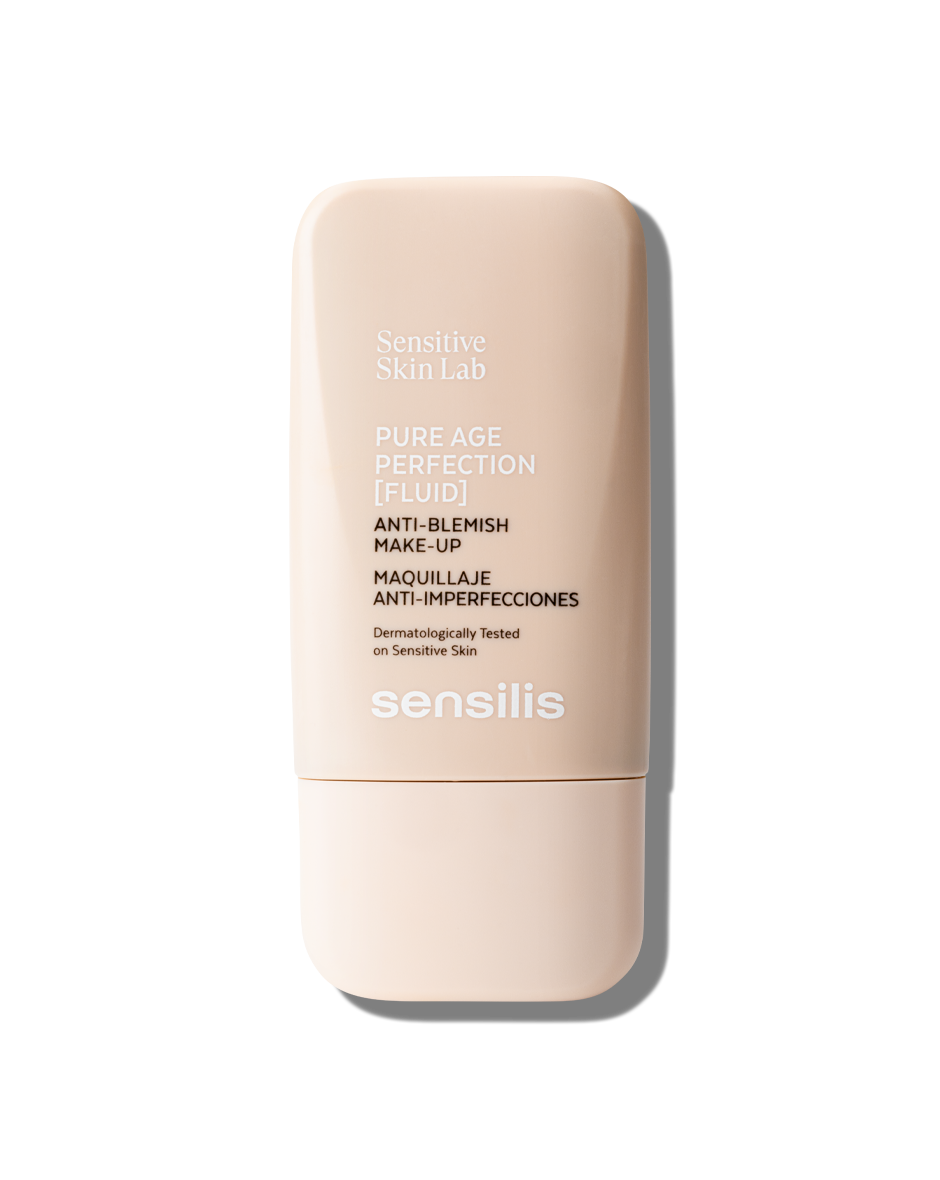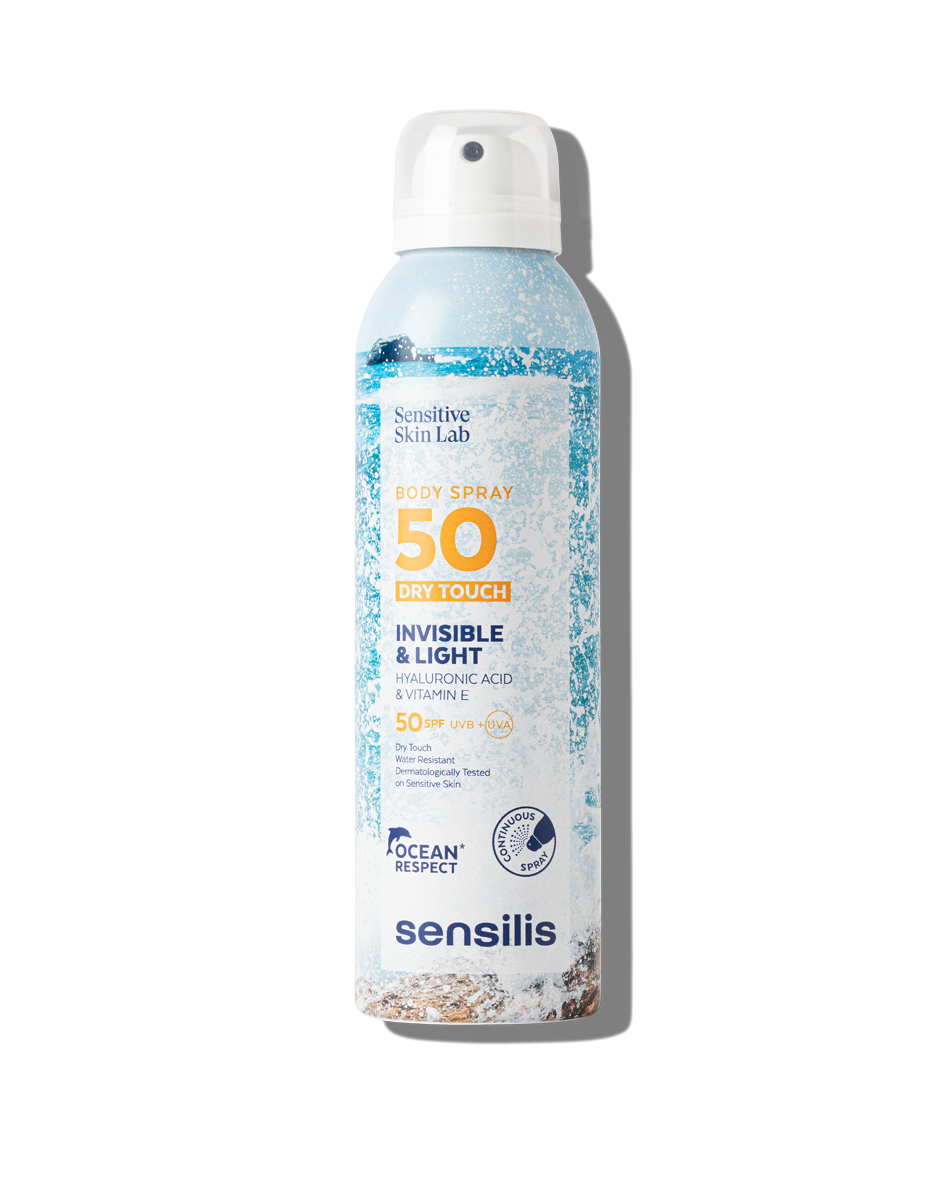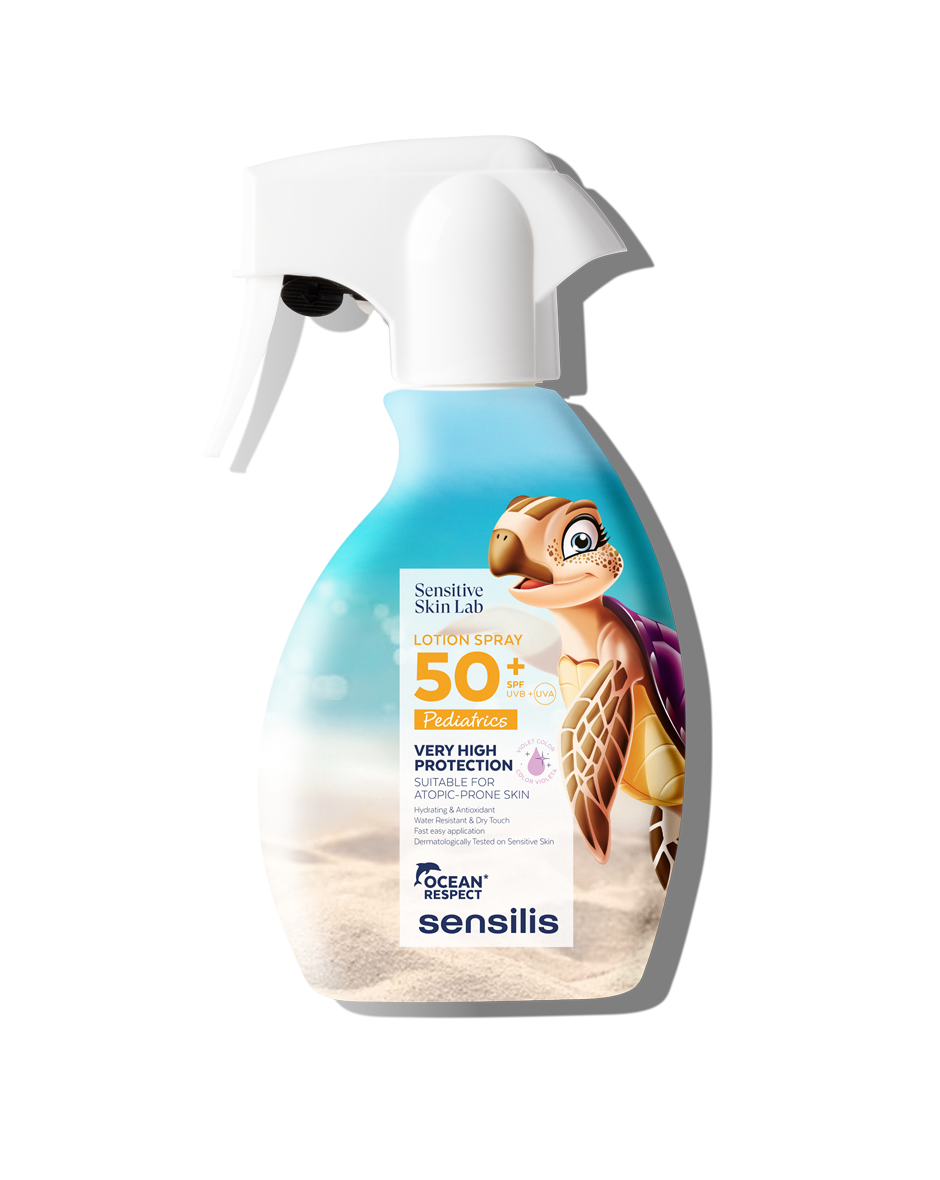Find out how we formulate
Responsible Beauty
Safety is our number one priority. For this reason, we are committed to reducing or eliminating all those components about which dermatologists express concern.
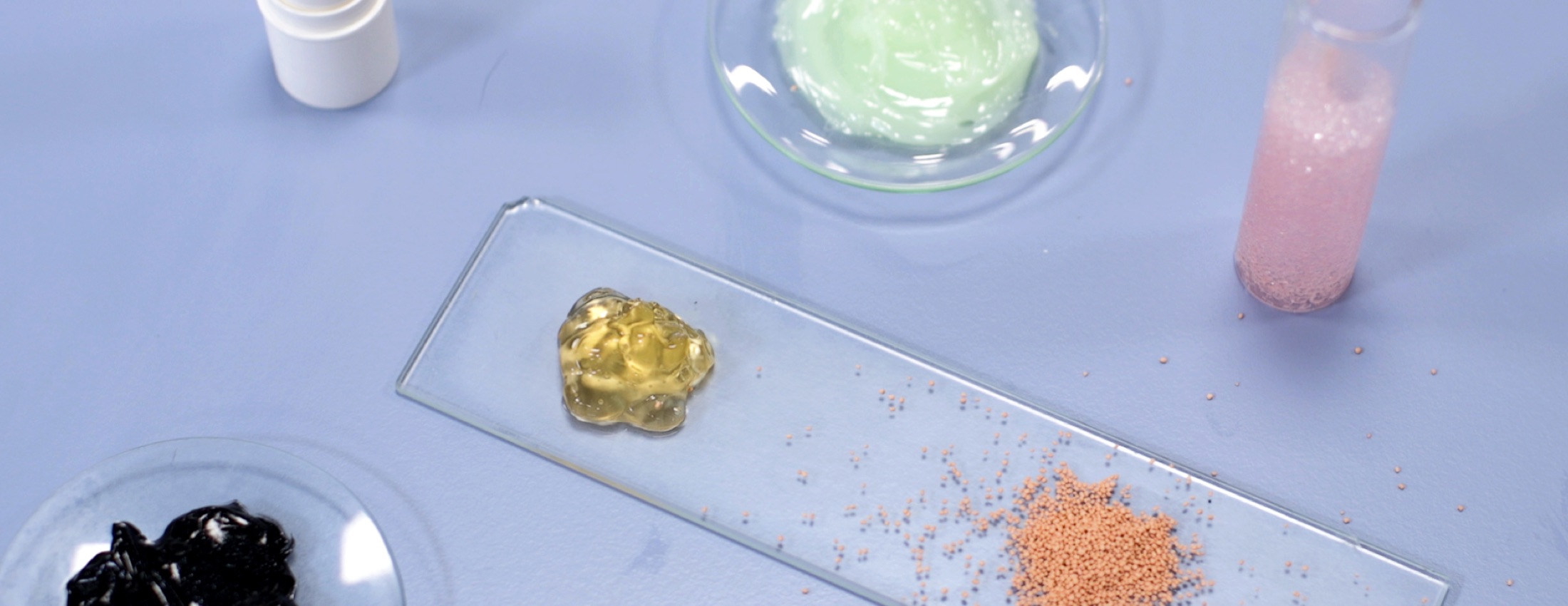
Concept of Safety
01
Control of Raw Materials
A comprehensive literature review will help to select materials which have been proven safe, reducing the risks of allergic reactions and sensitisation.
02
Rigour in Formulation
Our formulations with eudermic pH
We formulate products which care for the most sensitive skin, therefore, we respect the eudermic pH taking into account the area of application.
pH is the measure of the degree of acidity and it’s measured on a scale from 0 to 14. From 1 to 7 is the acidic zone, with 7 being the neutral pH corresponding to pure water and 7 to 14 corresponding to basic or alkaline pH. The pH of the skin’s acid mantle is between 4.5 and 5.9.
Most of the skin on the body has a pH of 5.5, although it varies slightly from one area to another and also according to sex, being slightly more acidic in men than in women.
The area around the eyes, for example, has a higher pH than the face, so products for this area as well as eye make-up removers should have a more alkaline pH so as not to irritate the eyes (6.5-7).
The most important role of the skin is its barrier function or protection against external agents.
The acid mantle of the skin (part of the hydrolipidic barrier) protects us thanks precisely to the acidity of this medium, which is unfavourable to microorganisms.
We know that the skin pH is directly related to the microbiological ecosystem in it.
For all these reasons, our products are formulated to maintain the general physiology of the skin in perfect condition:
- Skin barrier function
- Lipid composition of the stratum corneum
- Stratum corneum hydration
- Microbiological ecosystem of the skin
We carefully select active ingredients that allow us to formulate products with a respectful pH and maximum guaranteed efficiency. Example: We use a stabilized Vitamin C.
We assume that pure vitamin C needs a pH of approximately 2.3 compared to 5.5 in the skin and can therefore be quite aggressive.
Therefore, we will use a stabilized vitamin C which has a guaranteed stability and a sustained release and will be converted to free vitamin C once absorbed.
This stabilized Vitamin C will be much better tolerated by our skin and this increase in tolerance allows us to increase its concentrations in the formula and thus ensure its maximum effectiveness without irritating the skin.
Our Preservatives:
We select the preservative following the strictest criteria and taking into account factors such as a wide spectrum of antimicrobial activity, that does not produce any sensitization reaction, that remains stable under extreme conditions of pH and temperature, that is compatible with all the ingredients of the formulation and that does not alter the organoleptic characteristics of the cosmetic to which it has been incorporated. We evaluate all our products to use only the right amount to maintain product safety since the choice of the most appropriate preservative system must always be a compromise between efficacy, stability and safety.
We know that in some cases it is preferable to avoid certain preservatives. Therefore, we can develop products that do not include certain preservatives: parabens, methylisothiazolinone, formaldehyde donors, phenoxyethanol.
03
Rigour in the Manufacturing Process
DERMOFARM has facilities designed with the latest technology, which comprise a modern manufacturing unit that facilitates a high level of competitiveness within the pharmaceutical industry.
The strict hygiene of the personnel, as well as the various operations (manufacturing, filling and packaging) that are carried out in the areas where the air is conditioned (free of dust and suspended particles) prevents any risk of product contamination.
To ensure the process, a new microbiological test is carried out on the finished product which, if compatible, enables its final conditioning.
04
Components in question
Silicones
Silicones are high-molecular-weight polymers in whose structure the elements of silicon and oxygen alternate. The silicon that makes up more than a quarter of the earth’s crust usually combines with oxygen to form normal beach sand (silicon oxide). We only use silicones whose safety has been thoroughly evaluated.
There is a family of high volatility (cyclic) silicones, containing D4 and D5.
In a report published by the EU (Scientific Committee on Consumer Safety) it was concluded that cyclomethicones D4 and D5 do not pose a risk to human beings at the doses used in cosmetics, but points out that D4 and D5 are endocrine disruptors. According to some studies, D4 is classified as a category 3 substance toxic to reproduction. In addition, some scientific studies would show that they have a potential for bioaccumulation in aquatic environments. That is why we have eliminated this family of silicones from products which require rinsing and we intend to eliminate it from the rest of our products as well.
Mineral Oil
Oil resulting from the distillation of petroleum. Mineral oils and waxes form an occlusive film on the skin. Therefore, they are comedogenic and not biodegradable.
We do not use these types of ingredients in any of our treatment products.
Phenoxyethanol
Phenoxyethanol is a preservative used in some cosmetics to preserve product quality and ensure consumer safety by preventing the growth of microbes.
Phenoxyethanol is accused of being an endocrine disruptor and of having effects on the blood and liver at extreme doses. Phenoxyethanol is also said to cause allergies, although this has been observed in very few cases.
The facts:
- The European Commission’s Scientific Committee on Consumer Safety has examined all available data and concluded that the use of phenoxyethanol as a preservative in a concentration of 1% in cosmetic products is safe for all consumers.
- Skin allergies are very rare: one case per million users.
* The French National Agency for the Safety of Medicines and Health Products (ANSM) has only recommended not to use phenoxyethanol in wipes and other products used on babies’ buttocks.
At Sensilis, as the torchbearer for sensitive skin, we have decided to remove PHENOXYETHANOL from all our creams.
Sunscreens
Most organic sunscreens are suspected of having hormonal activity, which act as endocrine disruptors.
On the other hand, organic filters tend to be quite skin-friendly and can penetrate the stratum corneum superficially, generating possible irritations or contact dermatitis in the most sensitive skin.
This is why at Sensilis we have chosen to remove chemical filters from the Skin Care range.
Despite this, it should not be forgotten that sunscreens play a fundamental role in ensuring safe exposure to the sun in the fight against skin cancer and that the cosmetics industry is fully committed to offering and guaranteeing the safety of consumers and the environment.
Concept of Efficiency
Initially, and in close collaboration with the dermatologists in a hospital environment, each product is subjected to sensitivity and hypoallergenic studies.
Subsequently, the claimed activity (moisturizing, anti-aging, photo-protective, etc.) will be evaluated by “in vitro” and “in vivo” methods in order to select the product with the best results.
